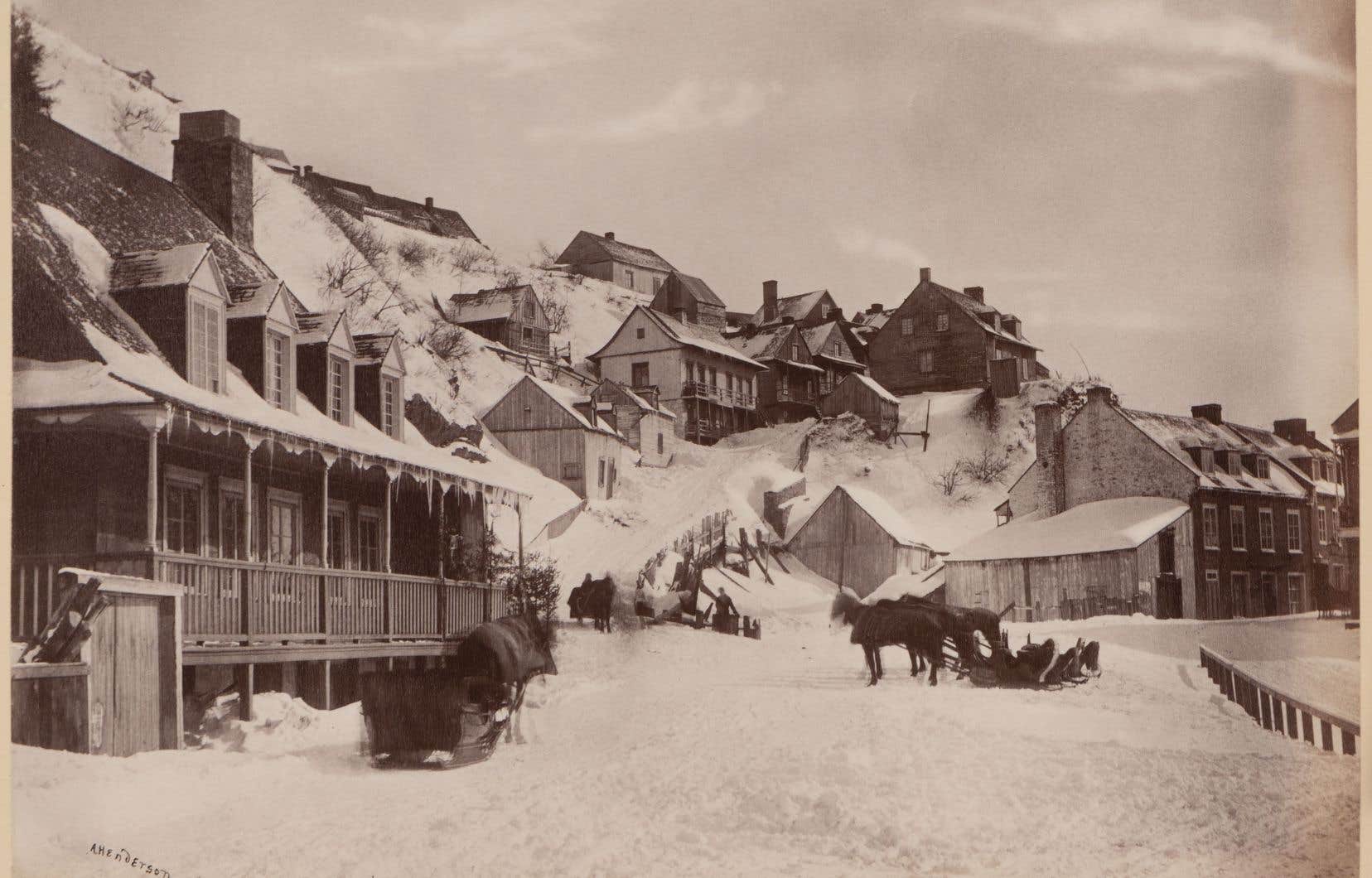The half-skeleton exhumed at the foot of the cliffs of Vieux Lévis in 2015 does not date from the 16th centurye century as announced by the first carbon-14 analyzes carried out on the remains. This man, of whom only his lower limbs and phalanges remain, would have died between 1729 and 1808.
“There is a 51% chance that it is in this range,” explains Isabelle Ribot of the human bioarchaeology laboratory at the University of Montreal, “and a 29% chance that it is a little older. But the most probable is the XVIIIe century. »
The new dating is supported by isotopic data. “Our bones reflect what we eat,” recalls M.me Ribot. We see that this individual had a low-protein diet and that he seemed not to eat plants like corn, which were instead consumed by indigenous populations. He had a diet similar to the colonial populations of the 18th century.e century. »
Preliminary analyzes carried out by the University of California in 2016 surprised archaeologists by setting the median date of the death of this European of origin at 1587, i.e. between the exploratory trips of Jacques Cartier to Canada and the founding of Quebec by Samuel de Champlain.
The specialists’ eyes were turned towards the Basque fishermen who frequented the St. Lawrence estuary at the time of the first contacts with the natives. The possibility was also raised that the deceased was a member of the crew of Jacques Noël, Cartier’s nephew, who had obtained mining rights in the region in 1588.
Mystery
The change in dating of the “Lévis Man” who was discovered under vacant land during work to bury electrical wires is not unusual according to Hydro-Québec archaeologist Isabelle Duval. “From the start, we knew that this dating was uncertain. »
It is in this context that the half-skeleton was entrusted to the human bioarchaeology laboratory at the University of Montreal. The deceased emerged rejuvenated and stateless, the Basque origins attributed to him not having been able to be validated by the analysis of his DNA. The same goes for scurvy typical of the 16th century.e century that we thought we could detect on his remains. “With scurvy, we have a loss of bone density and this is not the case for this individual,” emphasizes M.me Ribot. So the diagnosis remains open. »
Archaeological excavations carried out during the summer of 2022 made it possible to uncover five other skeletons near the one exhumed by Hydro-Québec in 2015. The results of the analysis of these bones should be revealed “soon”, explains publicist Michel Thisdel of the City of Lévis. A call for tenders is being prepared with a view to resuming excavations.
Necropolis
The discovery of human bones in the shadow of the cliffs of Vieux Lévis is not unusual. This is evidenced by the fifteen remains which were exhumed during excavation work carried out along rue Saint-Laurent in the second half of the 19th century.e century.
One of the skeletons unearthed in 1875 near the ferry landing stage surprised contemporaries with the presence of a horseshoe on its ribcage that superstitious gravediggers once used to prevent the deceased from returning to haunt the living. Large rings also surrounded the wrists of this mysterious corpse, next to which was a sort of dagger. “It is assumed that the skeleton is the remains of some great criminal who would have been buried in this place after having been executed,” we read in the newspapers of the time.
The number of bones exhumed between the Bégin and Passage coasts since the mid-19th centurye century intrigues archaeologists in the absence of a cemetery or place of worship nearby. The presence of the main camp of General Wolfe’s British army at the top of the Lévis promontory in 1759 leaves one wondering.
According to oral tradition, the narrow strip of land located at the foot of the cliffs would have hosted the bodies of English soldiers who died during the siege of Quebec. At least that’s what Jean-Baptiste Duclos says in the pages of The Minerva in 1865. The testimony of this septuagenarian would be credible, this newspaper tells us, being “endowed with a prodigious memory” and “good judgment”. The mass graves containing the “red clothes” would be near the gardens of the widow Labadie, according to the memories of Duclos who was born 30 years after the events.
Could the half-skeleton discovered by Hydro-Québec in 2015 be linked to this episode of the War of the Conquest? “It’s a little early to say,” warns archaeologist Isabelle Duval, “but perhaps it could be a good avenue for hypotheses.”
